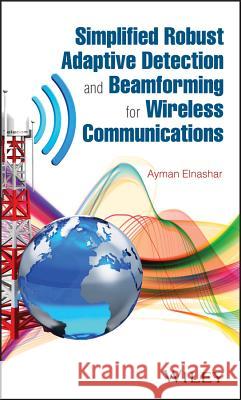Simplified Robust Adaptive Detection and Beamforming for Wireless Communications » książka
topmenu
Simplified Robust Adaptive Detection and Beamforming for Wireless Communications
ISBN-13: 9781118938249 / Angielski / Twarda / 2018 / 424 str.
Kategorie:
Kategorie BISAC:
Wydawca:
John Wiley & Sons
Język:
Angielski
ISBN-13:
9781118938249
Rok wydania:
2018
Ilość stron:
424
Waga:
0.59 kg
Wymiary:
21.59 x 14.48 x 2.29
Oprawa:
Twarda
Wolumenów:
01











